Vietnam's textile and garment: go faster or be usurped
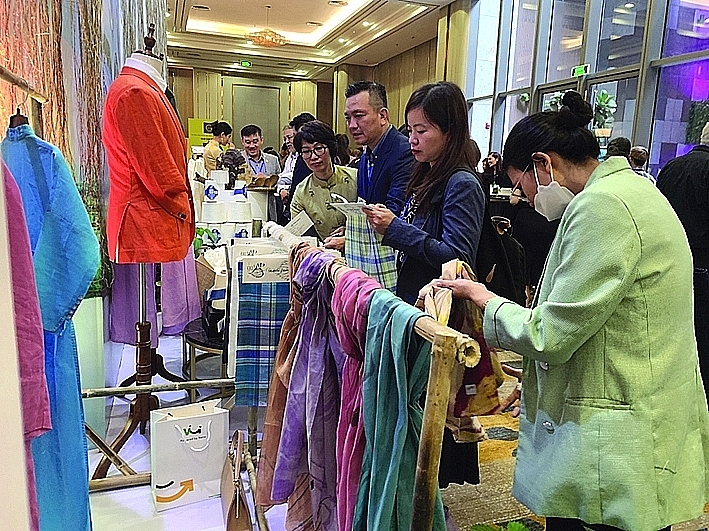 |
| Yarn made from green hemp is one of the sustainable materials that Vietnam's textile industry focuses on developing. Photo: N.H |
The danger of falling behind
At the General Conference of the Vietnam Textile and Apparel Association (VITAS), 2022, held last weekend, Mr Le Tien Truong, Chairman of the Vietnam National Textile and Garment Group (Vinatex), raised a great alarm that competing countries have caught up the current competitive position of Vietnam, even surpassed after only 2-3 years of the Covid-19 pandemic. Specifically, even in 2021, despite remarkable achievements, there are signs of lagging behind the world's major textile and garment exporting countries; even China, India, Bangladesh, Pakistan, and Turkey all had double-digit growth, of which China grew by 24%.
According to Mr Truong, this signals a shift in the macro policies of countries to limit the growth of Vietnam's textile and garment industry. Remarkably, in 2022, all producing countries' textile and garment have strong support policies for this industry. In particular, the biggest support is the exchange rate when these countries simultaneously devalued their currencies, such as Pakistan down 25%, Bangladesh down 15%, China down 9%, and India falling more than 20%... This brings great advantages when the processing prices of these countries differ by 10-30% compared to Vietnam. "This is something that all businesses have seen and puts great pressure on businesses when customers offer unimaginable prices," Truong emphasized.
Besides macro difficulties, the market's total demand also changed significantly in 2022. The order volume increased sharply in the first half of the year, then dropped heavily in the second half of the year, which severely hit all textile-producing countries. Only Bangladesh has maintained growth during this period. However, Mr Truong hypothesized that Bangladesh could maintain its growth thanks to the macro impact of the cheap currency and the rapidly improving production system in the past 5 years.
"Information from global technology machinery suppliers shows that, in the last 4-5 years, Bangladesh has been the largest consumer of yarn machines from the G7 countries in the world. Currently, the country has 148 green factories certified LEED by the US Green Building Council; 90% of the world's green textile factories are currently located in Bangladesh, and 40% of the world's leading green industry projects in textiles are also located in Bangladesh. In addition, there are 500 factories in the process of applying for green certification," – Mr Truong shared startling information.
This also shows that Vietnam's third position in the world in textile and garment exports is being shaken. Therefore, Vietnamese textile and garment enterprises are required to make breakthrough innovations if they want to maintain their current position.
Moving from rapid development to sustainable development
In 2022, amid many difficulties and challenges, the export turnover of Vietnam's textile and garment industry was expected to grow by 8.8% compared to 2021, estimated at 44 billion USD. Entering 2023, Vietnam's textile and garment industry set an export target of 47-48 billion USD, corresponding to a growth rate of 6.8-9% compared to 2022.
This is quite a challenging goal because the end of an expanding epidemic cannot be precisely forecast, especially China's "Zero Covid" policy; global inflation has not shown any signs of cooling down, and consumer purchasing power is still plummeting; the Russian-Ukrainian conflict is still tense. In addition, Vietnam's textile and garment industry faces strict requirements from brands, such as production discounts, small orders, fast delivery times, and orders for only production time. and delivery in 5-7 days. The quality is more demanding, so switching to fabrics with recycled fibres. With all of the above requirements, enterprises must make efforts to overcome and invest in facilities to meet the evaluation standards of the brands.
Mr Truong Van Cam, Vice President and General Secretary of VITAS, said that the draft "Strategy to develop Vietnam's textile, garment and footwear industry to 2030, with a vision to 2035", presided over by the Ministry of Industry and Trade has submitted to the Government for approval. Accordingly, the average export turnover is expected to increase from 5-6%/year to 2030 and reach $68-70 billion by 2030; then 2-3% growth from 2031-2035.
The development orientation of Vietnam's textile and garment industry is that from now to 2035, it will gradually shift from the focus on rapid development to sustainable development and circular business. After that, the period from 2031-2035 will orient effective and sustainable development according to the circular economy model, complete the domestic value chain and participate in a high-value position in the global supply chain, export and domestic consumption by regional and international brands.
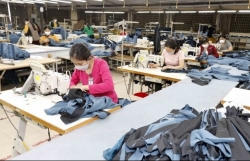 | Textile and garment sector bears the brunt of global uncertainties |
Accordingly, Vitas proposed five main solution packages on investment and sustainable development; market; human resource development; science and technology and solutions on capital mobilization. In terms of sustainable development investment, high-tech textile-dyeing-finishing projects will be attracted; projects with new, natural, traditional and environmentally friendly materials are encouraged; the textile and fashion industry is highly paid attention to. Furthermore, it is necessary to develop business strategies, diversify raw material supply and export markets; improve marketing capacity, find direct customers; gradually shift from CMT to FOB, ODM, and OBM; develop a new brand and products.
Related News
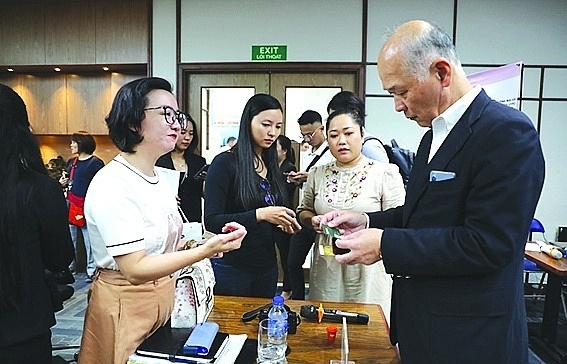
Ho Chi Minh City: Diversifying forms of support for businesses exporting goods
09:42 | 25/12/2024 Headlines

Hong Kong: A gateway for Vietnamese businesses to access the Greater Bay Area market
09:04 | 24/12/2024 Import-Export
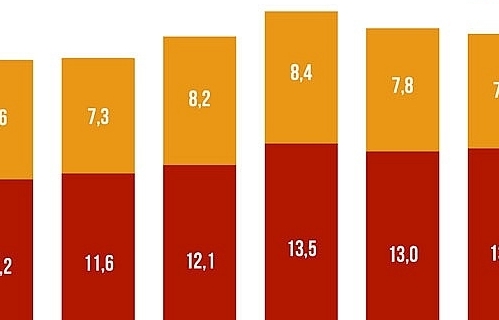
Top 10 Reputable Animal Feed Companies in 2024: Efforts to survive the challenges of nature
18:30 | 21/12/2024 Import-Export
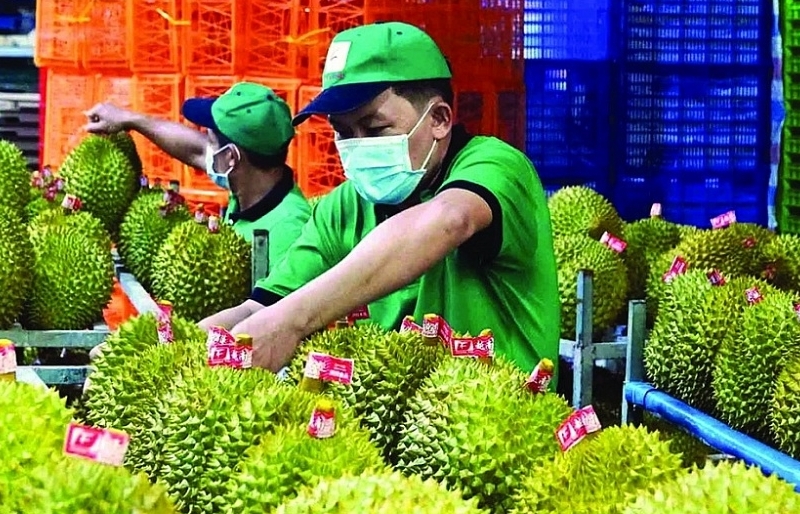
Paving the way for Vietnamese agricultural products in China
11:08 | 26/12/2024 Import-Export
Latest News

Nghệ An Province anticipates record FDI amidst economic upswing
15:49 | 26/12/2024 Import-Export

Green farming development needs supportive policies to attract investors
15:46 | 26/12/2024 Import-Export

Vietnamese enterprises adapt to green logistics trend
15:43 | 26/12/2024 Import-Export

VN seafood export surpass 2024 goal of $10 billion
14:59 | 25/12/2024 Import-Export
More News

Exporters urged to actively prepare for trade defence investigation risks when exporting to the UK
14:57 | 25/12/2024 Import-Export

Electronic imports exceed $100 billion
14:55 | 25/12/2024 Import-Export

Forestry exports set a record of $17.3 billion
14:49 | 25/12/2024 Import-Export
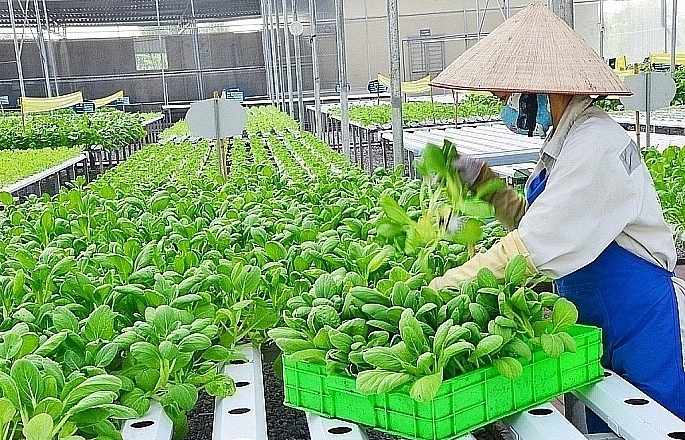
Hanoi: Maximum support for affiliating production and sustainable consumption of agricultural products
09:43 | 25/12/2024 Import-Export

Việt Nam boosts supporting industries with development programmes
13:56 | 24/12/2024 Import-Export

VN's wood industry sees chances and challenges from US new trade policies
13:54 | 24/12/2024 Import-Export

Vietnam's fruit, vegetable exports reach new milestone, topping 7 billion USD
13:49 | 24/12/2024 Import-Export

Aquatic exports hit 10 billion USD
13:45 | 24/12/2024 Import-Export

UK a niche market for Vietnamese speciality coffee
14:11 | 23/12/2024 Import-Export
Your care

Nghệ An Province anticipates record FDI amidst economic upswing
15:49 | 26/12/2024 Import-Export

Green farming development needs supportive policies to attract investors
15:46 | 26/12/2024 Import-Export

Vietnamese enterprises adapt to green logistics trend
15:43 | 26/12/2024 Import-Export

Paving the way for Vietnamese agricultural products in China
11:08 | 26/12/2024 Import-Export

VN seafood export surpass 2024 goal of $10 billion
14:59 | 25/12/2024 Import-Export





